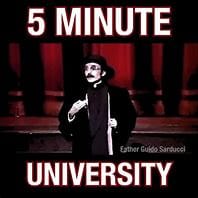Unit Planning Wrap

What was the biggest takeaway from building the unit?
I think the biggest takeaway was a tie between the backwards design and big idea strategies. As I thought about my quadratics unit, it is important to help students how this idea connects to the real-world and thereby help students remember, after graduation, how those real-world scenarios are represented in mathematical form.
Describe a connection you’ve made across two or more of the areas in the unit.
Thinking about "connections" in this unit plan, we are essentially connecting or synthesizing numerous ideas from this education program, including language, assessments, scaffolding, checking for understanding, backwards design, big ideas, understanding by design, student choice, sharing voice, real-world applicability, funds of knowledge, etc. All these ideas and more are baked into the design of this unit.
What would you think about for the next time you build a unit?
As I evaluated the cognitive rigor of the learning targets, as compared to Hess' matrix, I noted that more than half of them were in the lower third of the matrix. I would encourage students planning these units to look at those targets to ensure that there are goals that reach to the top of the matrix. If the bar is set low, with the expectation that all the goals will be met, we may be losing student interest through boredom or not expecting students to stretch themselves and have a growth mindset.
What would you tell people for next semester working on this project? (or for me)
I wonder how many of us, i.e. students in this class, work to build a unit from just the school standards, i.e. CCSS, CAS, etc. As I work with my peers who are teaching secondary math in different districts in the metro area, we are limited by the curriculum the district provides. I know that isn't the case in science in Jeffco at least. As we have discussed tonight during our Zoom session, we privilege creativity in our classrooms, yet this is an area where some teachers themselves are restricted from creativity. With that said, if it is in just secondary math for example where units and lessons are rigid, I wonder if the assignment can be presented in such a way that allows for more freedom in the development of the unit and lesson plans, while still being applicable to carry out in the site-classroom.